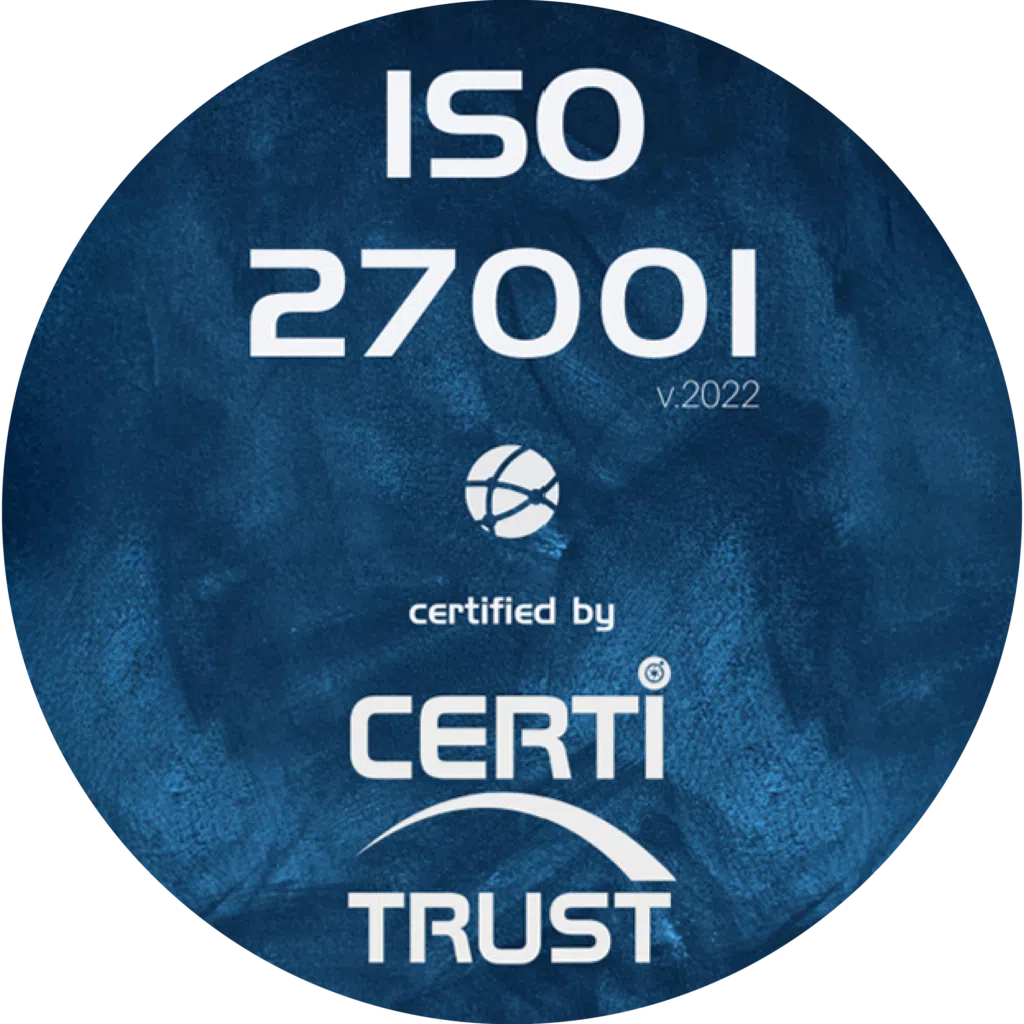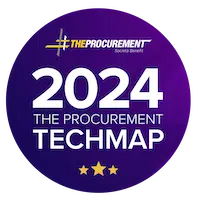The purchasing policy should be put in place by the company’s management as soon as possible after its creation. It defines the implementation of the supply chain and warns of the need to replenish raw materials or motivate the purchase of goods and services in line with the company’s development objectives. It reflects the general intentions of a purchasing organisation and aims for profitability, with productivity as its watchword.
It is easy to use, models a company’s purchasing structure and guides its strategy. So, without further ado, discover the steps to follow to create a purchasing policy within your organisation.
Identifying the company’s needs
An effective purchasing policy starts with an understanding of your company’s procurement needs. This is the foundation of good supply management. Mastering this knowledge means understanding the supplier market and the challenges you face.
Not everyone in a company has the same expectations when it comes to purchasing. Indeed, depending on the company’s purchasing segments, sensitivities differ. This is why it is necessary toadopt a common vision, guided by the company’s managers or a purchasing department where one exists.
Drawing up specifications, even in simplified form, is good practice in the purchasing function for identifying needs. This makes it easier to manage purchasing and control costs.
Collecting and analysing company data makes it easier to take the right decisions. These data sets should include sales trends, inputs and outputs over a defined period, services provided by economic operators, etc.
Once the data has been analysed, managers need to draw up a concrete action plan. This involves defining effective purchasing management, supply management and task allocation in line with operational objectives. These days, more and more companies are turning to digital purchasing to implement a new purchasing policy.
Creating a call for tenders
Once its needs have been clearly defined, a company needs to start looking for suppliers. This involves sourcing to establish a competitive tendering process. However, collecting useful information from each supplier takes time and energy. You will need to centralise the file so that you can compare the offers more easily.
Make sure you follow up and collect the information that justifies the best choice for your company. Above all, the supplier you select must be in line with your purchasing policy. If your policy focuses on sustainable development, you should make sure you obtain proof of the supplier’s compliance, such as an ISO standard.
- Issuing an invitation to tender may seem cumbersome, but it has the merit of reducing your workload afterwards. You can concentrate solely on suppliers who have met the criteria in your specifications. This document, which reflects your identified needs, should be readily available to them. Like an initial filter, only the best for your structure will meet your needs.
- You can then carry out various checks to ensure that they are reliable and effective. During your analysis, you should take into account the quality of the product delivered, the spend management, but above all the compliance with the announcement and the delivery time that each supplier proposes.
A company that can fully meet your needs is more likely to secure your purchasing process. A responsible purchasing policy must also ensure the financial stability of your partners.


Negotiating the contract
Corporate purchasing policies extend as far as negotiations before the contract is signed. There are a number of golden rules to be observed and defined in this purchasing strategy. Before meeting the supplier of your choice, you need to be sure of their reputation and know their strengths and weaknesses. Defining an internal negotiation strategy is a good action plan for safeguarding your company’s interests and making intelligent purchases.
It is therefore vital to avoid going into negotiations unprepared. Your arguments must be solid, so that you don’t give anything away to your supplier. You must also determine the objectives to be achieved in line with your priority. But above all, make sure you put in place the conditions for a successful business relationship.
That’s why a purchasing policy is essential to facilitate this preparatory work upstream of the negotiations. When the negotiations are over, the contract can be signed. However, make sure that it is carried out properly and that all the negotiated clauses are included in the contract.
In particular, make sure you check the conditions for terminating the contract, the after-sales service, the competent jurisdiction, the first point of contact, the existence of SLAs, the social responsibility involved, the implementation of operations, etc. Finally, schedule alerts on their life cycle so that you can undertake the necessary updates as the market continues to evolve.
Sharing information with employees
Implementing a purchasing policy doesn’t stop when the contract is signed. You need to provide feedback to your management and make it available to your staff so that they can make the most of it. This is important so that they can apply the new provisions and deploy the necessary action plans for purchasing organisations. But above all, the link must be established with these suppliers so that a good relationship can be established for the benefit of your company’s development.
The purchasing policy is therefore essential to meeting a company’s development objectives. If you haven’t yet put this policy in place, don’t worry. Take a step back from your organisation and equip yourself with a tool to control all your purchasing data. That’s what we recommend at Weproc, SaaS purchasing management software. It’s easier to put in place an effective purchasing policy tailored to your company’s development when you have a clear view of your data flows.
Want to learn more about our Weproc procurement management software?
Contact us or request your 15-minute demo below!









